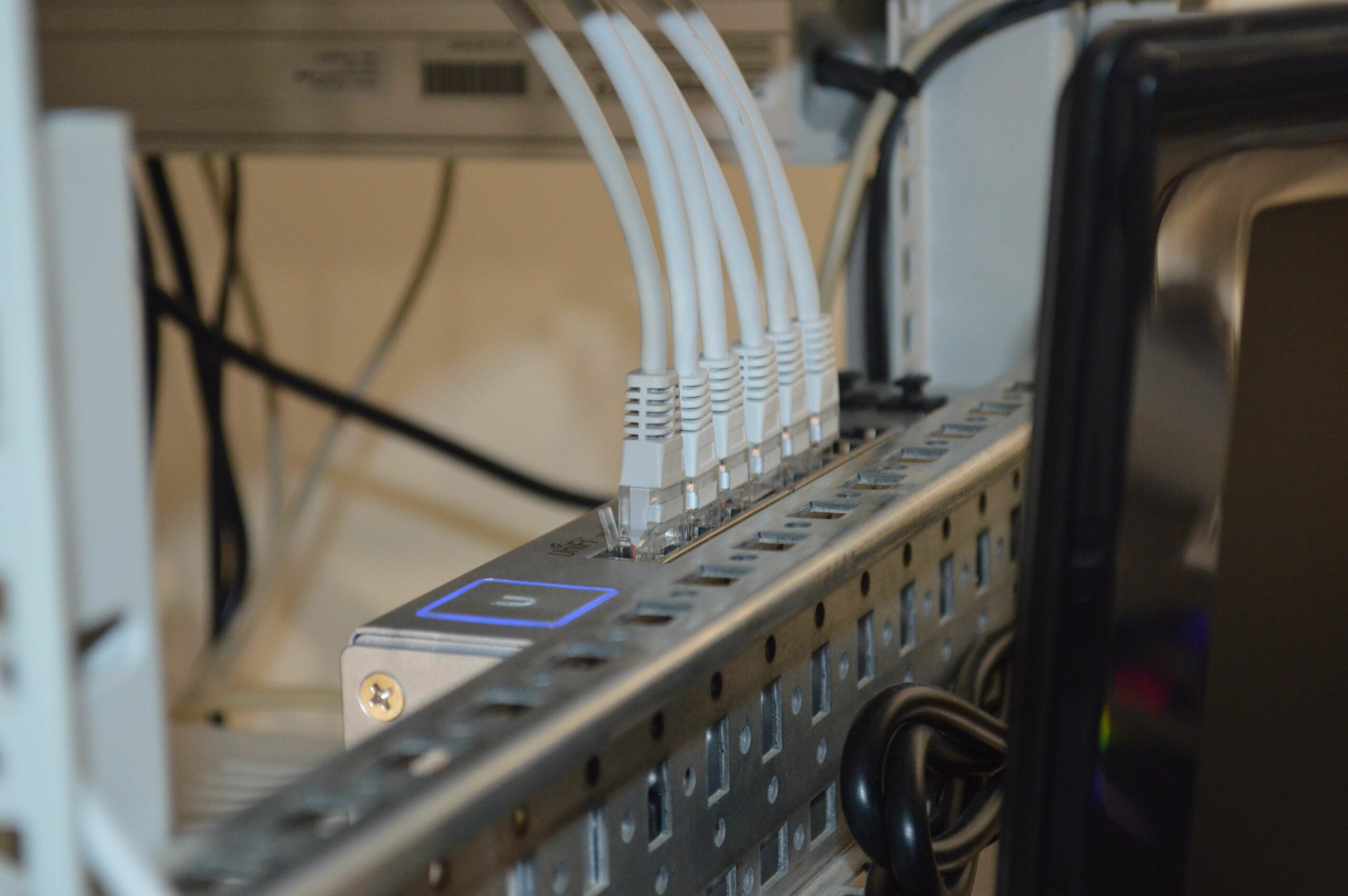Network latency is a common cause of slow user interfaces and inefficient data transfers, and it can have a significant impact on the overall performance of your applications and services. Some latency is inevitable; we can’t overcome the laws of physics. But it is possible to reduce latency if you understand its causes and how you can limit their impact.
What Is Network Latency?
Network latency is the time it takes data to travel from the source to its destination across a network. For example, the time it takes for part of a webpage to travel from the server that hosts it to the user who requested it. Latency is often measured in milliseconds (ms), and high latency translates into slow load times, delays in webpages or applications, and frustrating user experiences.
What Causes Latency?
There are several factors that contribute to network latency, including:
- Distance: The longer the distance between the source and destination of data packets, the higher the latency due to the limited speed at which data can travel through network cables and wireless connections.
- Data loads: The amount of traffic and concurrent connections on a network also contributes to latency. High data loads may lead to network congestion, slowing down the transfer of data packets and resulting in increased latency.
- Server performance: If a server is unable to process requests efficiently or has limited resources, such as processing power, memory, or storage, it may lead to a slow response time and increased latency.
- Packet loss: Packet loss occurs when data packets fail to reach their intended destination due to errors or network congestion. Lost packets must be resent, leading to longer response times and higher latency.
How to Reduce Network Latency
There are several strategies server hosting clients and app developers can employ to reduce network latency and ensure a better user experience.
Host apps in a data center close to your users
One of the most effective ways to reduce latency is to locate your servers and applications physically closer to your end users. By hosting apps and services in a data center closer to the majority of users, you reduce the physical distance data packets need to travel, ultimately resulting in lower latency.
Use a Content Distribution Network (CDN)
CDNs are networks of servers strategically located around the globe. They host and serve content to end users from the server nearest to their location. By leveraging a CDN, you can distribute your content more efficiently, reduce the load on your primary servers, and minimize latency for users.
Ensure that you have sufficient bandwidth to meet user demand
If you regularly run up against the maximum data transfer capacity of a network connection on your hosting plan, your users will experience slow loading times and a frustrating user experience. Regularly monitoring and upgrading bandwidth capacities can help reduce latency and maintain a reliable user experience.
Optimize server performance
Regular maintenance and optimization of server resources, including hardware and software, can help improve server performance. Monitor server performance to ensure that it has sufficient processor, memory, and storage capabilities to meet user demand. If you frequently redline your server at times of peak load, it’s time to consider an upgrade.
Conclusion
By understanding the causes of latency and implementing effective strategies, server hosting clients and app developers can mitigate latency and provide a reliable and satisfying user experience. If you’d like expert help to build low-latency infrastructure for your apps and services, contact our server and network infrastructure experts for a free initial consultation.
